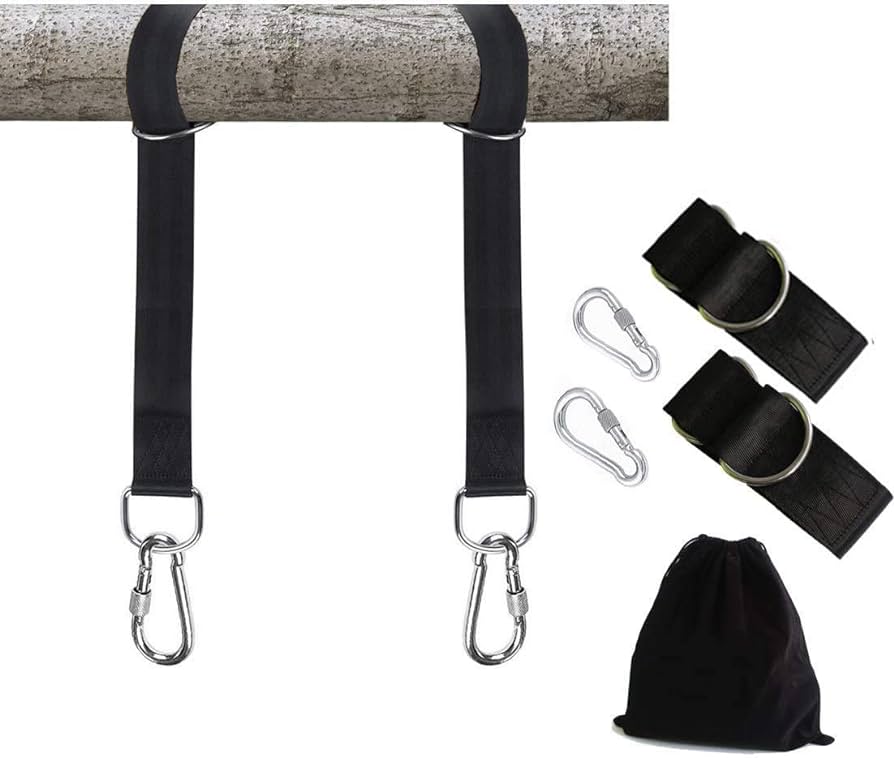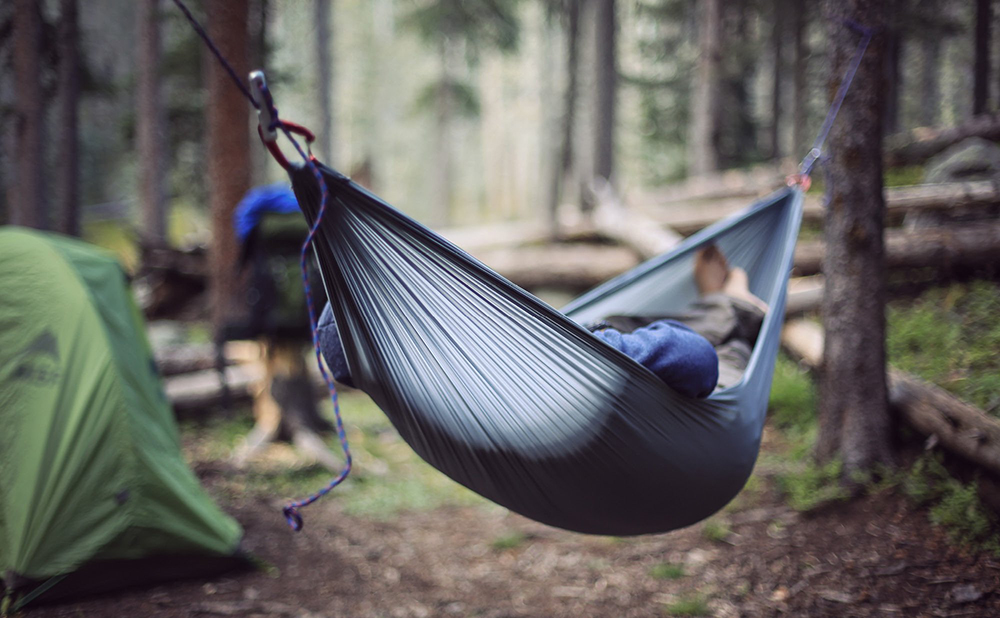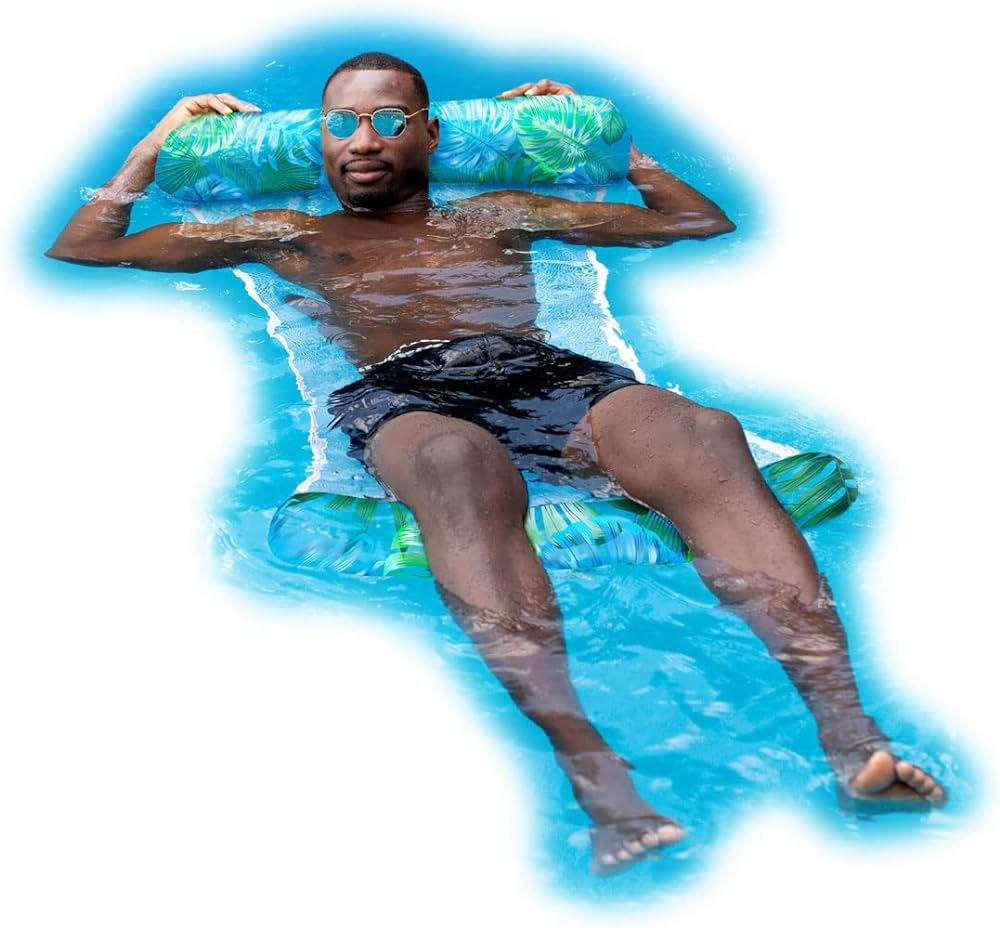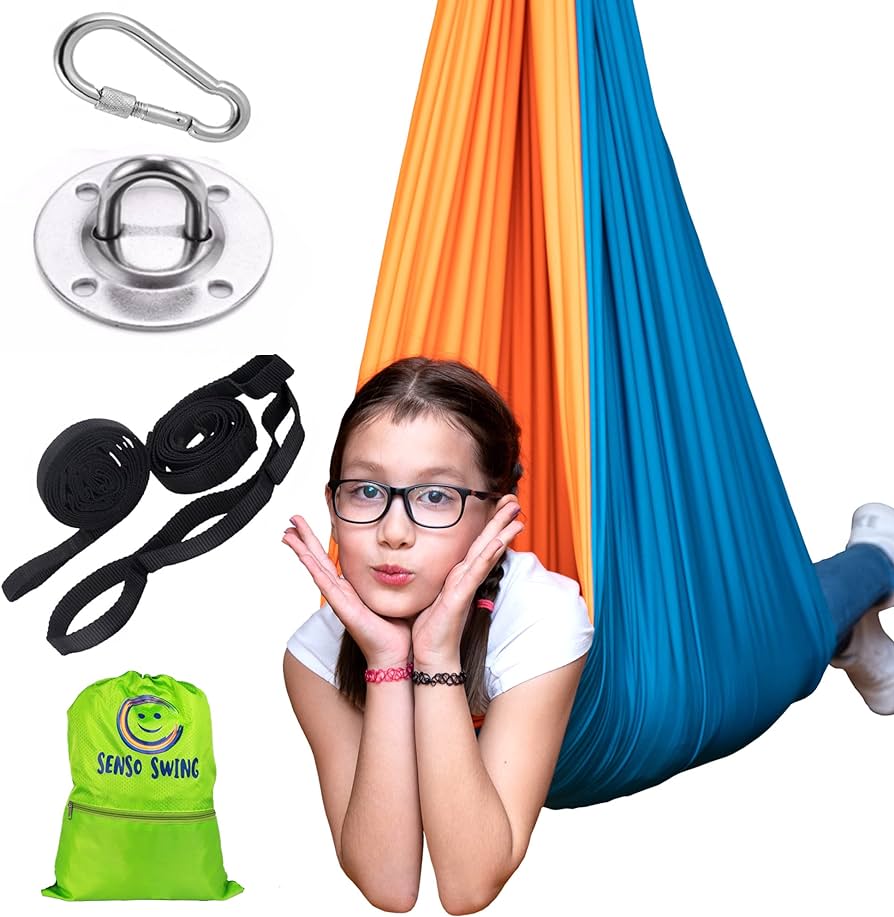- 8 Airplane Footrest Hammock!Travel comfortably - October 9, 2023
- top 7 Pool Float Water Hammock for a Relaxing Summer - October 9, 2023
- top 5 Space SaverSingle Hammock Stand Maximize Comfort and Space - October 9, 2023
Hammocks are not inherently waterproof and should be protected from moisture, especially cotton hammocks. However, a light rain shower should not cause damage as long as the hammock is allowed to dry properly afterwards.
It is generally recommended to bring hammocks inside when heavy rain is expected. Weatherproofing options such as wash-in waterproofing products can be used to make hammocks more resistant to moisture.

Credit: www.wholeearthprovision.com
Understanding Water Resistance In Hammocks
What Is Water Resistance In Hammocks?
Water resistance in hammocks refers to the ability of a hammock to repel or resist water. A water-resistant hammock will prevent water from seeping through the fabric, keeping the user dry and comfortable even in wet conditions.
Factors Affecting Water Resistance In Hammocks
Several factors influence the water resistance of hammocks:
- The type of material: Nylon and polyester hammocks tend to be more water-resistant than cotton hammocks.
- The fabric weave: A tight fabric weave helps prevent water penetration.
- The presence of coatings: Some hammocks come with a water-resistant coating, which enhances their ability to repel water.
- The design and construction: A well-designed hammock with sealed seams and reinforced stitching is less likely to allow water to seep through.
Importance Of Water Resistance For Hammock Users
Water resistance is a crucial quality for hammock users, especially those who enjoy outdoor activities or live in areas with unpredictable weather conditions. Here’s why:
- Protection from rain: A water-resistant hammock allows users to enjoy outdoor relaxation without worrying about getting wet during rain showers.
- Longevity of the hammock: Water-resistant hammocks are less prone to mold and mildew growth, prolonging their lifespan.
- Comfort in damp environments: In areas with high humidity or near bodies of water, water-resistant hammocks provide the comfort of staying dry even in damp surroundings.
- Versatility: With a water-resistant hammock, users have the flexibility to set it up in various outdoor locations, including forests, beaches, and parks.
Investing in a water-resistant hammock ensures a more enjoyable and hassle-free outdoor hammocking experience, regardless of the weather conditions.
Common Materials Used In Making Hammocks And Their Water Resistance
Cotton Hammocks And Water Resistance
Cotton hammocks are a popular choice for their comfort and breathability. However, when it comes to water resistance, cotton hammocks have their limitations. Cotton is an absorbent material that tends to retain moisture, making it susceptible to damage if exposed to rain or extended periods of dampness. The natural properties of cotton fabric make it prone to mold and mildew formation, which can weaken the fabric over time.
To protect your cotton hammock from water damage, it is recommended to bring it indoors during periods of sustained bad weather or when you know it’s going to rain. If your cotton hammock does get wet, make sure to dry it thoroughly afterwards to prevent mold formation. While an occasional rain shower won’t harm a cotton hammock if it has dried properly, it’s best to avoid leaving it outside for extended periods of time to ensure its longevity.
Nylon Hammocks And Water Resistance
Nylon hammocks are known for their durability and water resistance. Nylon is a synthetic material that is designed to be quick-drying and resistant to moisture. It is also less prone to mold and mildew formation compared to cotton. This makes nylon hammocks a great option for outdoor use, as they can withstand exposure to rain and damp conditions without suffering damage.
With a nylon hammock, you have the flexibility to leave it outside without worrying about its water resistance. However, it is still recommended to take proper care of your nylon hammock to maintain its longevity. Regular cleaning and proper drying after getting wet will help prevent any potential mold or mildew growth.
Polyester Hammocks And Water Resistance
Polyester hammocks are another popular choice for their durability and water resistance. Polyester is a synthetic material that is specifically designed to be resistant to water and moisture. It is highly resistant to mold and mildew formation, making it suitable for outdoor use even in wet conditions.
With a polyester hammock, you can confidently leave it outside without worrying about its water resistance. It is designed to withstand exposure to rain and dampness without suffering damage or compromising its quality. However, it is still a good practice to clean and dry your polyester hammock regularly to maintain its overall condition.
Tips For Maintaining Water Resistance In Hammocks
Tips for Maintaining Water Resistance in Hammocks
Cleaning And Drying Techniques For Maintaining Water Resistance
Proper cleaning and drying techniques are crucial for maintaining the water resistance of your hammock. Here are some tips to keep in mind:
- Regularly clean your hammock using a mild detergent and lukewarm water. Avoid using harsh chemicals or bleach, as they can damage the fabric.
- Gently scrub the hammock with a soft brush to remove any dirt or stains.
- Rinse the hammock thoroughly to remove all soap residue.
- After cleaning, hang the hammock in a well-ventilated area to air dry. Avoid direct sunlight, as it can cause fading and weakening of the fabric.
- Ensure that your hammock is completely dry before storing it, as any moisture left can lead to mold and mildew growth.
Protective Measures To Enhance Water Resistance
To enhance the water resistance of your hammock, consider taking the following protective measures:
- Apply a waterproofing sealant specifically designed for hammocks. This will create an additional layer of protection against water penetration.
- Invest in a rain fly or tarp to cover your hammock during rainy weather. This will provide an extra shield against moisture and prevent water from seeping into the fabric.
- Consider using a hammock with a water-resistant or waterproof fabric. These hammocks are specially designed to repel water and can withstand exposure to rain.
- Use a hammock sleeve or storage bag to protect your hammock when not in use. This will prevent it from getting wet or dirty and prolong its lifespan.
Common Mistakes To Avoid That Might Compromise Water Resistance
To ensure the longevity of your hammock’s water resistance, avoid making these common mistakes:
- Leaving your hammock exposed to prolonged rain or extreme weather conditions. While hammocks are generally durable, extended exposure to water can compromise their water resistance over time.
- Using harsh detergents or bleach when cleaning your hammock. These substances can strip away the protective coating and weaken the fabric’s ability to repel water.
- Storing your hammock while it is still damp. Moisture trapped in the fabric can lead to mold and mildew growth, which can ultimately damage the water resistance properties of the hammock.
- Not properly maintaining the waterproof sealant on your hammock. Over time, the sealant may wear off, reducing the hammock’s water resistance. Regularly check and reapply the sealant as needed.
Enhancing Water Resistance In Hammocks
Enhancing Water Resistance in Hammocks
Waterproofing Treatments For Hammocks
Hammocks are a fantastic way to relax and enjoy the outdoors, but what happens when it starts to rain? The last thing you want is to be left with a wet and uncomfortable hammock. That’s where waterproofing treatments come in. There are various treatments available that can help enhance the water resistance of your hammock, keeping you dry even in wet conditions.
One popular option is to use a waterproofing spray specially designed for fabrics. These sprays create a protective barrier over the fabric, preventing water from seeping through. Simply spray a generous amount over the entire surface of your hammock, ensuring that all areas are evenly coated. Allow the spray to dry completely before using the hammock.
Another option is to use a waterproofing detergent. These detergents are designed to be used during the washing process and work by coating the individual fibers of the fabric with a waterproof layer. Simply add the detergent to your washing machine when washing the hammock and follow the instructions provided.
Pros And Cons Of Using Waterproofing Sprays
Using a waterproofing spray can be a convenient and effective way to enhance the water resistance of your hammock. Here are some pros and cons to consider:
Pros:
- Easy to use – simply spray and let dry
- Creates a protective barrier against water
- Can be used on various fabric types
Cons:
- May alter the appearance or texture of the fabric
- May need to be reapplied periodically, especially after washing
- Does not make the hammock completely waterproof, but rather enhances water resistance
Alternative Methods For Enhancing Water Resistance
If you prefer not to use a waterproofing spray or detergent, there are alternative methods for enhancing the water resistance of your hammock. One option is to use a rainfly or tarp to create a waterproof shelter over the hammock. This can provide an extra layer of protection and keep you dry even in heavy rain.
Another option is to choose a hammock made from a naturally water-resistant material such as nylon or polyester. These materials are inherently more resistant to water, reducing the need for additional treatments.
Whichever method you choose, it’s important to remember that no hammock can be completely waterproof. However, by using waterproofing treatments or alternative methods, you can significantly enhance the water resistance of your hammock and enjoy a dry and comfortable outdoor experience.
Exploring Waterproof Hammocks: Are They A Viable Option?
htmlFeatures And Benefits Of Waterproof Hammocks
Waterproof hammocks offer a range of features and benefits that make them a viable option for outdoor enthusiasts. These hammocks are typically made from durable materials like nylon or polyester that are treated with a special waterproof coating. This coating not only keeps the hammock dry during rainy weather, but also protects it from mold and mildew.
Additionally, waterproof hammocks are designed with sealed seams and reinforced stitching to ensure maximum durability and longevity. They often come with built-in mosquito nets and rainfly covers, offering complete protection from the elements.
Comparing Waterproof Hammocks To Traditional Hammocks
When comparing waterproof hammocks to traditional hammocks, there are several key differences to consider. Traditional hammocks are usually made from cotton or rope, which are not naturally waterproof. While they may be comfortable and aesthetically pleasing, they are not suitable for prolonged exposure to rain or damp conditions.
On the other hand, waterproof hammocks are specifically designed to withstand wet weather. They are not only resistant to water, but also quick-drying, making them ideal for camping trips or lounging by the pool. Additionally, waterproof hammocks are typically more durable and long-lasting compared to traditional hammocks.
Tips For Choosing The Right Waterproof Hammock
When choosing a waterproof hammock, there are a few factors to consider to ensure you find the perfect fit for your needs. Here are some tips to help you make an informed decision:
- Material: Look for hammocks made from high-quality waterproof materials such as nylon or polyester.
- Weight Capacity: Check the weight capacity of the hammock to ensure it can support your body weight.
- Portability: Consider the size and weight of the hammock for easy transportation and storage.
- Additional Accessories: Look for hammocks that come with features like mosquito nets, rainfly covers, and hanging straps for added convenience.
- Customer Reviews: Read customer reviews to get an idea of the hammock’s performance and durability.
By considering these factors, you can choose a waterproof hammock that meets your specific requirements and enhances your outdoor experience.
Frequently Asked Questions For Are Hammocks Waterproof
Can You Leave Hammock In Rain?
While it’s generally safe to leave hammocks outside during a light sprinkle, it’s recommended to bring them indoors when heavy rain is expected. Cotton hammocks should not be left outdoors for extended periods of time as they are not waterproof.
Is It Okay To Leave A Hammock Outside?
Cotton hammocks should not be left outdoors for extended periods and should be protected from moisture. It is recommended to bring hammocks inside when it’s going to rain, but a sprinkle here and there won’t harm them.
How Do You Weatherproof A Hammock?
To weatherproof a hammock, use Nikwax Cotton Proof to waterproof it. This product can be used in a washing machine or for hand wash. It is suitable for cotton, silk, canvas, and polycotton hammocks. Remember to bring your hammock inside when it’s going to rain to protect it from moisture.
Can Cotton Hammocks Get Wet?
Cotton hammocks are not waterproof, so it is recommended to bring them indoors during heavy rain or extended periods of bad weather. A light rain shower should be fine as long as the hammock is properly dried afterwards to prevent mold.
Can Hammocks Be Left Outside In The Rain?
Leaving your hammock outside in the rain is not recommended, as it can damage the fabric and shorten its lifespan. It’s best to bring it inside when it’s going to rain.
How Do You Weatherproof A Hammock?
To weatherproof your hammock, you can use products like Nikwax Cotton Proof, which can be washed in and add waterproofing to your hammock. This is especially useful for cotton, silk, canvas, and polycotton hammocks.
Are Cotton Hammocks Waterproof?
Cotton hammocks are not waterproof. While they can withstand some rain showers, it’s best to bring them inside during sustained bad weather to prevent mold formation and weakening of the fabric over time.
Conclusion
When it comes to the question of whether hammocks are waterproof, it is important to consider the material they are made of. While cotton hammocks are not waterproof and should be protected from moisture, hammocks made of nylon or polyester are more water-resistant.
However, it is still recommended to bring your hammock inside during heavy rain to ensure its longevity. Overall, it is wise to take precautions and protect your hammock from excessive exposure to water.







